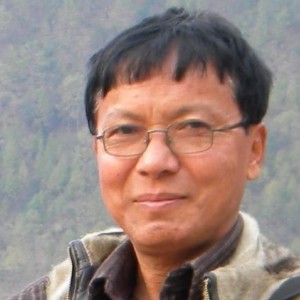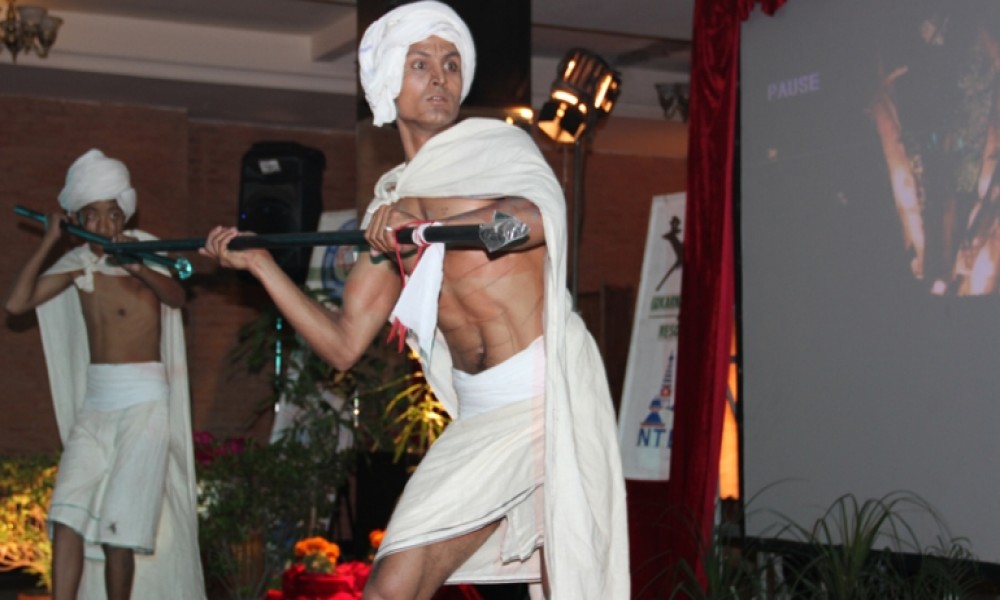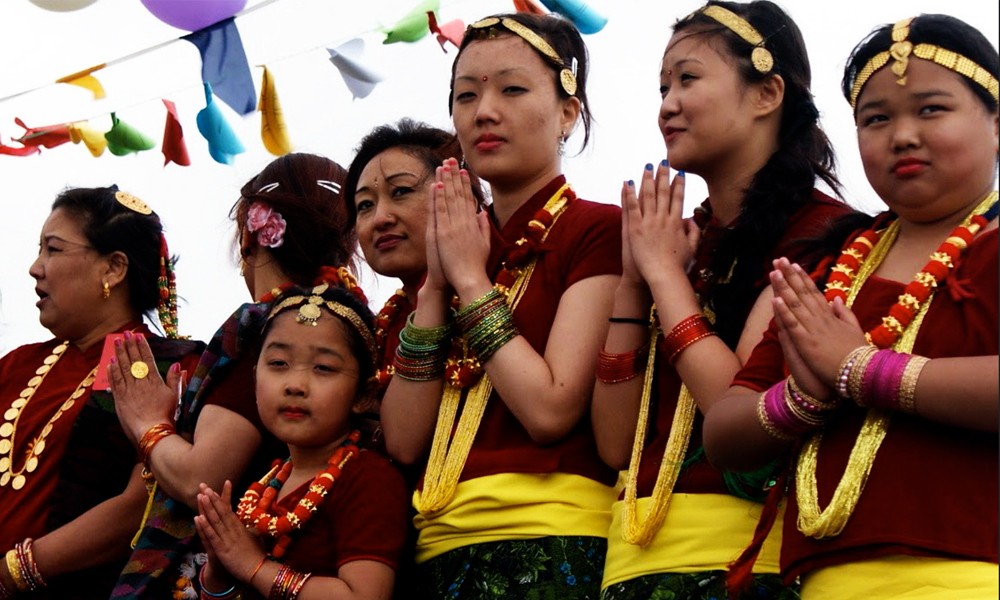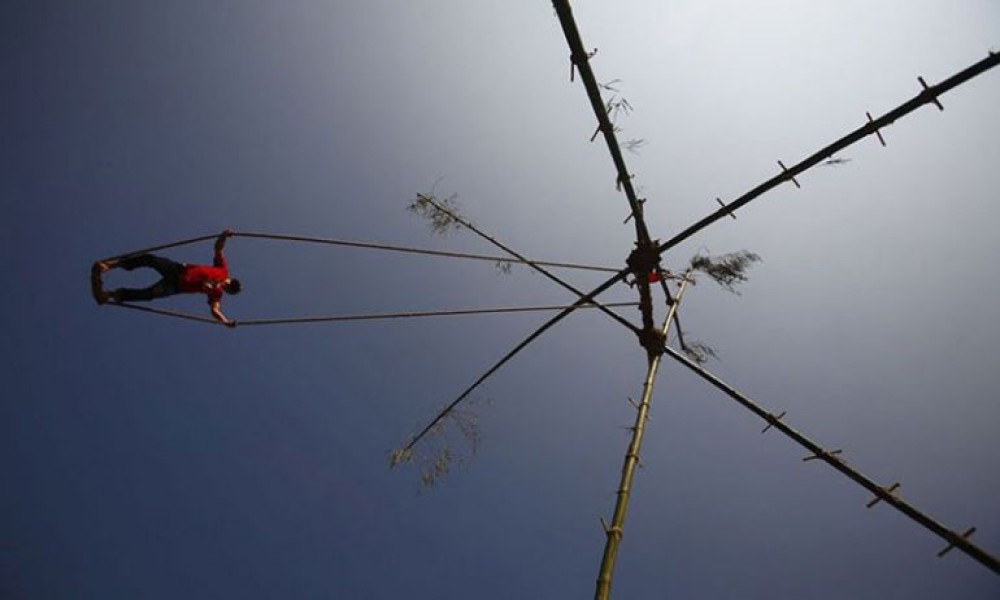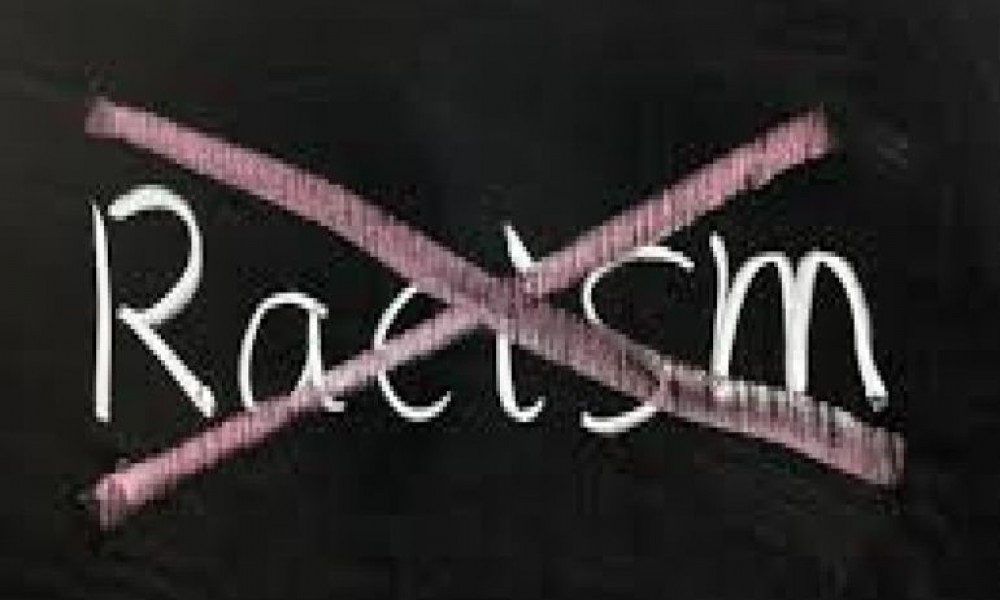Development activists always talk about minority groups and excluded communities. But, who are minority groups? Who are excluded communities? There are no unanimous definitions. In some contexts, Indigenous Peoples (IPs) are also described as minority groups and excluded communities. But, do IPs really fall under these categories? This article is an attempt to discuss this question.
Number is not "Important"
Most people believe that a community whose population is very small is a minority group. By this definition, only some indigenous communities can be described as minority groups. Size of population is associated with definition of minority group not only in Nepal but across the world. But, renowned sociologists, like Anthony Giddens, defined excluded and minority groups or communities in a different way.
"Minority communities or groups are those who have faced discrimination and exclusion for centuries, how big or small their number is."
Gidden says, "Minority communities or groups are those who have faced discrimination and exclusion for centuries, how big or small their number is." Therefore, definition of minority group is related with exclusion and discrimination.
In Nepal, Bankariya, Raute, Baramu/Baram, Kisan or Jhangad/Uranw are oftern referred to as minority communities while Tamang, Gurung, Magar, Rai and Limbu are referred to as mainstream communities. But, this is wrong.
Indigenous Peoples make up 38 percent of Nepal's population. But, Bahuns (hills) make up merely 12 percent. But, can this 12 percent of population be termed as a minority community? Of course , not. If this 12 per cent population discriminates against and excludes rest of the population, how can it be called as a minority? So, the concept of looking at the number to define minority or mainstream communities is in itself flawed.
Mapping discrimination
In Nepal, we have to take into account 'discrimination' and 'exclusion' while defining minority and excluded communities. Bahuns who make merely 12 percent of population discriminate or exclude the rest. Therefore, those who have been discriminated for centuries and who are left behind the mainstream development are the minority and excluded communities.
Development standard
The category made by Nepal Federation of Indigenous Nationalities (NEFIN) and National Foundation for Development Indigenous Nationalities (NFDIN), the only government body to deal with Nepal's Indigenous Peoples categorized Indigenous Peoples in five different groups in terms of socio-economic development. I expressed my disagreement with the basis that they used to categorize Indigenous Peoples.
NEFIN and NFDIN categorized indigenous peoples into five groups:
Endangered Groups: Kusunda, Bankariya, Raute, Surel, Hayu, Raji, Kisan, Lepcha, Meche, Kuswadiya
Highly Marginalized Group: Majhi, Siyar, Lhomi (Shinsaba), Thundam, Dhanuk, Chepang, Santhal, Jhagad, Thami, Bote, Danuwar, Baramu
Marginalized Group: Sunuwar, Tharu, Tamang, Bhujel, Kumal, Rajbanshi, Gangaai, Dhimal, Bhote, Darai, Tajpuriya, Pahari, Topkegola, Dolpo, Mugal, Larke, Lohpa, Dura, Walung
Disadvantaged Group: Tangbe, TeengaunleThakali, BarahgaunleThakali, MarphaliThakali, Gurung, Magar, Rai, Limbu, Sherpa, Yakkha, Chhantyal, Jirel, Byansi, Yolmo
Advanced Group: Newar, Thakali
Raute and Chepangs, though they are backward in terms of land ownership or education, are advanced group in terms of continuity of indigenous culture, traditional custom, lifestyles
These aforementioned categories are based on development indicators devised by international development agencies such as World Bank, United Nations Development Programme etc. These indicators deal with income of community members, their ownership of land, literacy rate, education and so forth. This category is perfect in the modern concept. But in terms of continuity of distinct culture, lifestyle, language, the category may be different. The communities namely Gurung, Newar, Magar or Tamang are fully influenced by Hinduism. More than 90 percent population of Magar are Hindu. In terms of religion, Magar indigenous community is an endangered group. On the other hand, Raute and Chepangs, though they are backward in terms of land ownership or education, are advanced group in terms of continuity of indigenous culture, traditional custom, lifestyles and so forth.


